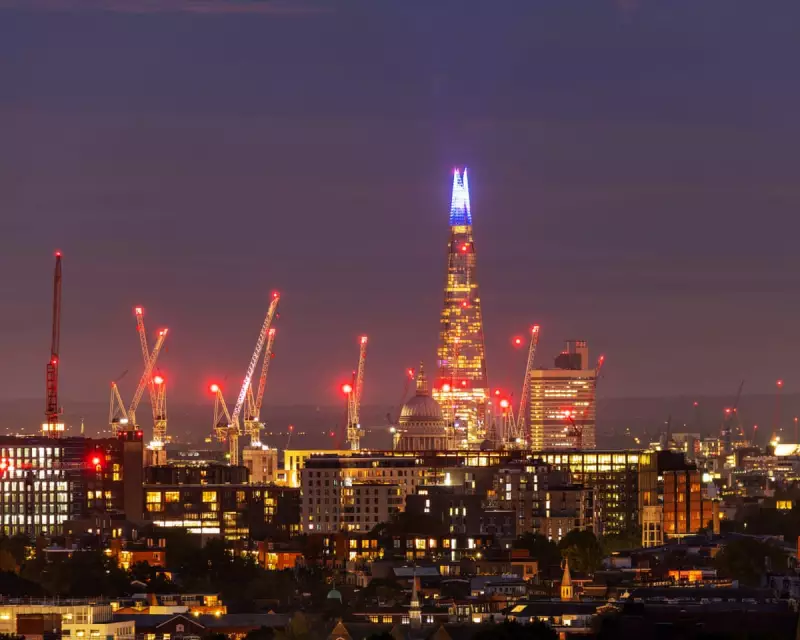
Construction Industry Faces Modern Slavery Epidemic
The UK construction sector is confronting a hidden crisis of modern slavery and labour exploitation, with new data revealing hundreds of workers remain at risk across building sites nationwide. According to the antislavery charity Unseen, construction has emerged as the second-highest risk sector for modern slavery in the UK, receiving 492 calls from potential victims through their helpline in 2024 alone.
Alarming Statistics and Industry Vulnerabilities
The construction industry's position as an economic cornerstone, vital to delivering the government's plan for 1.5 million new homes over the next five years, is being undermined by systemic vulnerabilities to labour exploitation. Only the care sector generated more concern, with 586 calls to Unseen's helpline.
CCLA, Britain's largest charity asset manager, has repeatedly raised alarms about modern slavery prevalence in construction. Their analysis reveals the industry consistently underperforms on compliance with the 2015 Modern Slavery Act, struggling with complex supply chains, high migrant labour reliance, and physically demanding working conditions that often occur out of public view.
Government and Industry Response
Safeguarding Minister Jess Phillips addressed these concerns during private discussions with senior construction representatives and civil society organisations, stating: "The construction sector is vital to our national ambition and our economy, but it is also vulnerable. The risk of exploitation is incredibly high in this sector."
Phillips delivered a stark warning to industry leaders: "Modern slavery is extremely prevalent. If you are not finding it, I would suggest you are not looking hard enough." Her comments come as the employment rights bill progresses through parliament, aiming to strengthen protections against modern slavery, though campaigners argue these measures don't go far enough.
Research from the University of Oxford's Modern Slavery and Human Rights Policy and Evidence Centre highlights significant knowledge gaps, warning that without improved data and enforcement, the true scale of exploitation will remain hidden.
Worker's Harrowing Experience
The human cost behind these statistics is starkly illustrated by Frank's experience. Lured from Barbados with promises of £600 weekly wages, he endured more than three years of slavery alongside his 14-year-old son. "They took us back to this house, and then they let me know the business. If I don't do the work, they were gonna kill my son," he recalled.
Frank described working from 5am until 6pm in extreme weather without proper clothing or equipment, moving between locations constantly. "I never worked the same place twice. I used to be in the back of the van with the tools, and we drive all over." After three and a half years of compliance, deteriorating health left him unable to continue, leading to his abandonment in an unfamiliar neighbourhood with his son.
Sara Thornton, CCLA's director of modern slavery, emphasised the systemic challenges: "Multiple layers of subcontracting, the use of casual labour and skill shortages mean that the construction sector remains at high risk of labour exploitation in the UK." She also highlighted concerns about opaque material supply chains sourcing from countries with weak labour protections.





